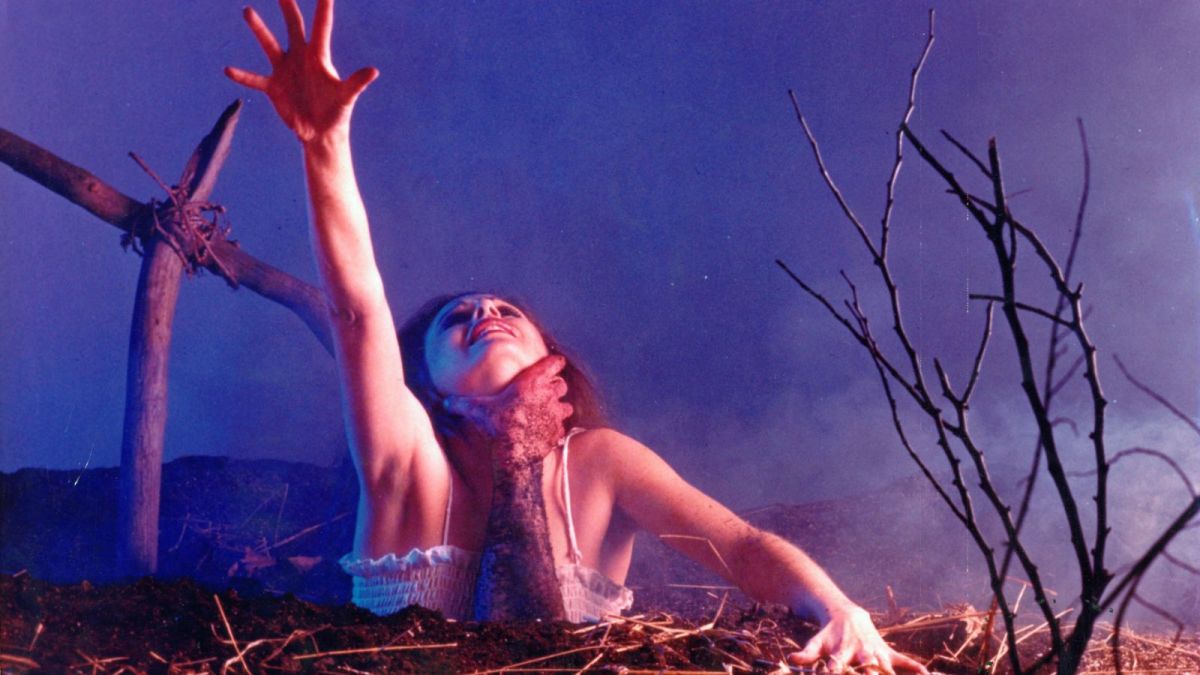Among the many horror franchises that have endured over the years, perhaps none are as consistent in quality as the Evil Dead series. Back at the start of the 1980s, burgeoning writer-director Sam Raimi — only 22 years old at the time — secured funding to begin work on The Evil Dead, which starred his childhood friend Bruce Campbell. Principal photography took place at a remote cabin in Tennessee, where production was especially brutal for all involved considering the isolated location and the number of makeup effects.
Producer Irvin Shapiro helped get the final product a screening at the 1982 Cannes Film Festival, and the rest is geek-gore history: The movie went on to gross far more than its budget and spawn four sequels (so far) as well as a three-season Starz series, Ash vs Evil Dead, also starring Campbell.
Ranking the Evil Dead franchise is a game of inches, as even the worst of the lot packs more of a punch than most chillers aiming to make audiences sink in their seats. Say it with us: “Hail to the king, baby.”
5. Evil Dead (2013)
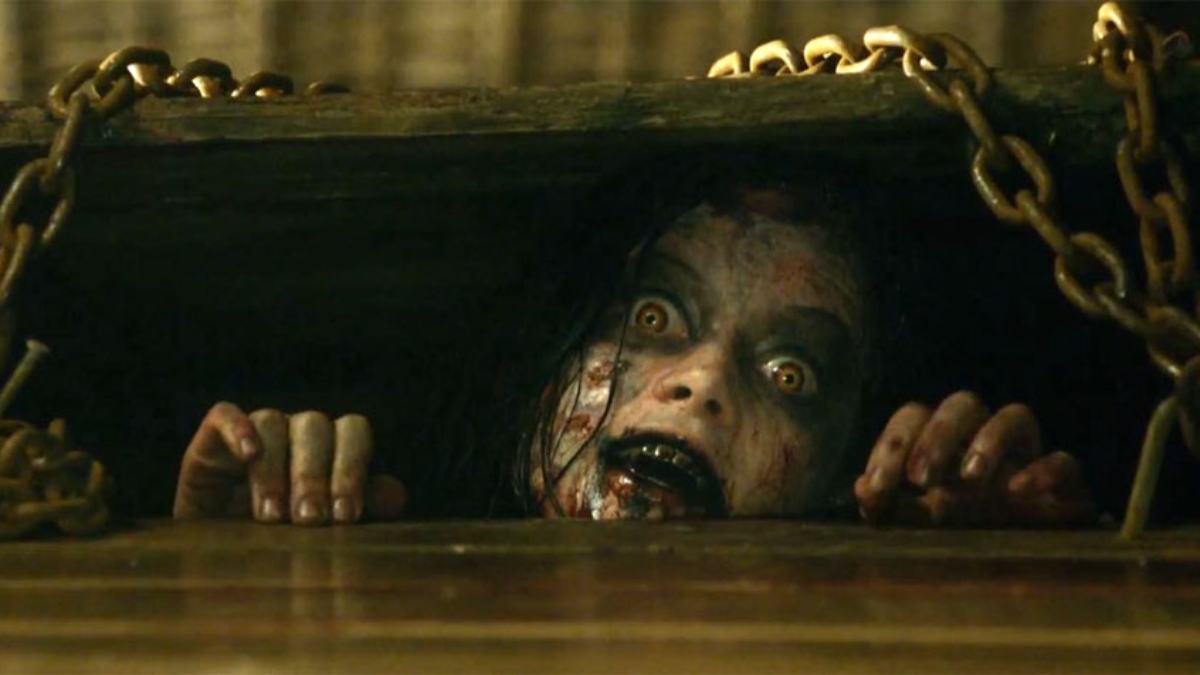
Released at the tail end of the horror remake craze popularized by the likes of The Texas Chainsaw Massacre (2003) and A Nightmare on Elm Street (2010), fans were relieved to find that Fede Álvarez’s Evil Dead was more a re-imagining of Raimi’s original than a direct remake. The clever conceit here is that a group of friends take one of their own to a remote cabin so she can kick her heroin addiction, where of course they dismiss her demon-dwelling claims as symptoms of withdrawal.
Although it’s a smarter re-interpretation than the films mentioned above, the movie does suffer from trying to push Evil Dead in a more emotionally honest direction while also pumping out the vulgar slapstick that Raimi popularized. But those early films aren’t standing on ceremony the way this one is: Álvarez (Don’t Breathe) clearly wants us to grasp the severity of drug addiction and its effect on friends and family. So why only give us anonymous characters to cackle at as they’re nail-gunned to death?
4. Army of Darkness (1992)
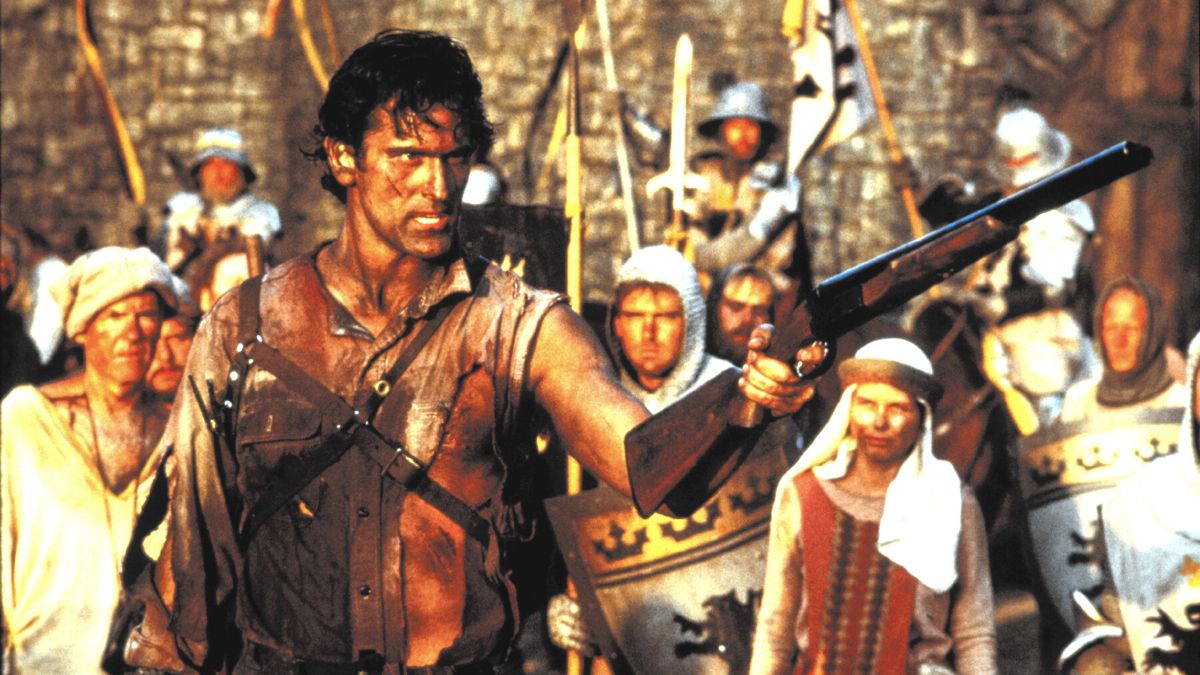
Here’s the thing about Army of Darkness: It’s awesome. Many consider it the best of the franchise, and those people have great taste. But in an attempt to be objective, this is the first entry that tries to follow a conventional narrative — and it mostly succeeds despite that, not because of it. What Army of Darkness does well is what the first two Evil Dead films do well: Sending hero Ash (Campbell) through an assembly line of Chaplin-esque sufferings and milking the Chinned One’s reactions for all they’re worth. This entry sees Ash transported back to the Middle Ages, where he’s sent on a perilous mission to recover the Book of the Dead. Something, something, exploding corpses.
The film is a treasure trove of inventive filmmaking, including sequences where Ash fights a witch in a spike-walled pit and another where a host of mini-Ashes torture the big guy Gulliver’s Travels-style. Also, the final battle boasts some terrific practical effects that are a true tonic for our CG-blockbuster age. The movie just doesn’t need to pretend so hard that it has a plot.
3. Evil Dead Rise (2023)
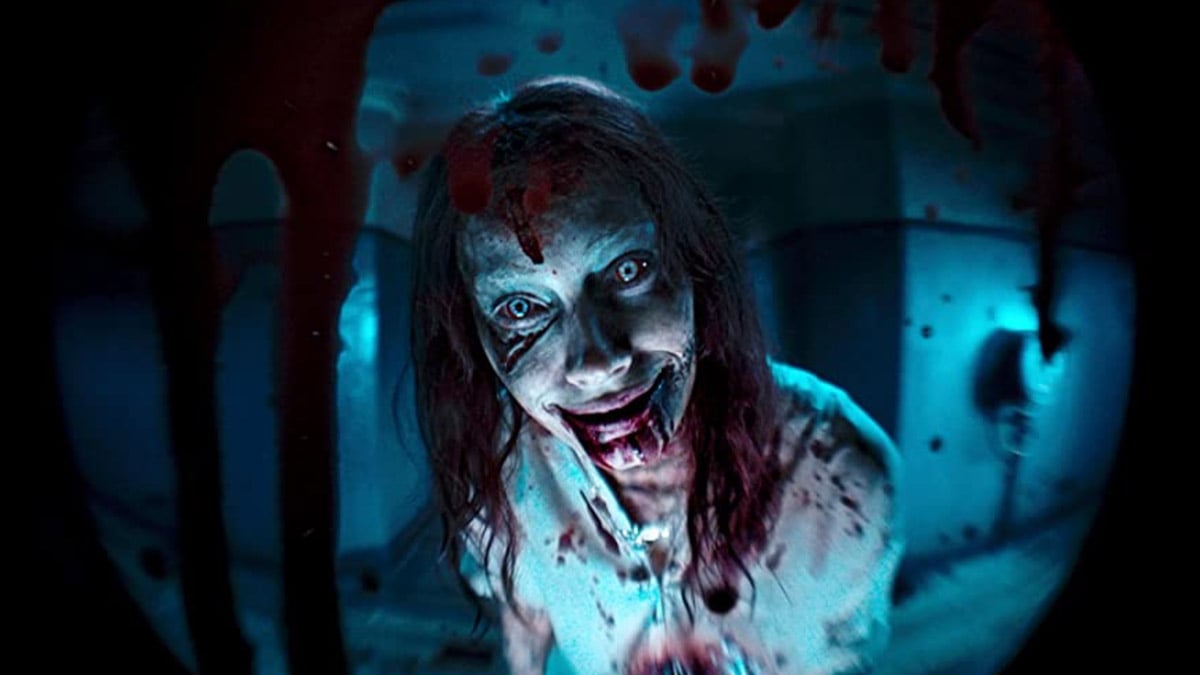
Evil Dead Rise stands out from the pack primarily because of its story. Separated entirely from the terrific performances, the screenplay itself is just damn good — creating interesting characters, threading in themes of motherhood that are noticeable but not overbearing, and crafting a strong arc for its main heroine. This entry shifts the action to an LA high-rise, where two estranged sisters have their reunion cut short when one of them is overtaken by a demon and begins terrorizing her family and neighbors.
There are a few issues with the script, such as a thinly-drawn supporting cast and a thoroughly dispensable wraparound segment. But the narrative stands up under scrutiny, and the emotional throughlines track pretty well. Unfortunately, what Evil Dead Rise has in prose it lacks in presentation, as director Lee Cronin (The Hole in the Ground) doesn’t have the knack for madcap mayhem that Raimi does. Cheese grater and final boss aside, the movie’s scares are well-mounted but pretty standard. Again, we’re pleading that directors find their own style for these movies rather than just aping Raimi’s.
2. Evil Dead 2: Dead by Dawn (1987)

Evil Dead 2 is perfect; this is settled science. Developed as both a sequel to and a reimagining of the original film, it once again presents the story of Ash going to a remote cabin and losing his girlfriend to an ancient evil released by the Book of the Dead. Only this time the supporting cast includes two archaeologists and a pair of locals who end up at the cabin as well. Bloody hijinks ensue, with a greater emphasis on comedy than the previous chapter.
Much of this movie would be straight out of The Three Stooges if the trio’s antics revealed more of the human dermis. This is the entry where Ash loses his hand, engages in combat with said hand, and then sticks a chainsaw on his bloody stump for extra security. It’s also the first time we hear Campbell say his most iconic line: “Groovy.” And that pretty much sums up the film. The setpieces are incredibly innovative, and by the final third Raimi is just playing jazz — working at an almost inconceivable tempo of laughs and scares that will likely never be achieved again.
1. The Evil Dead (1981)
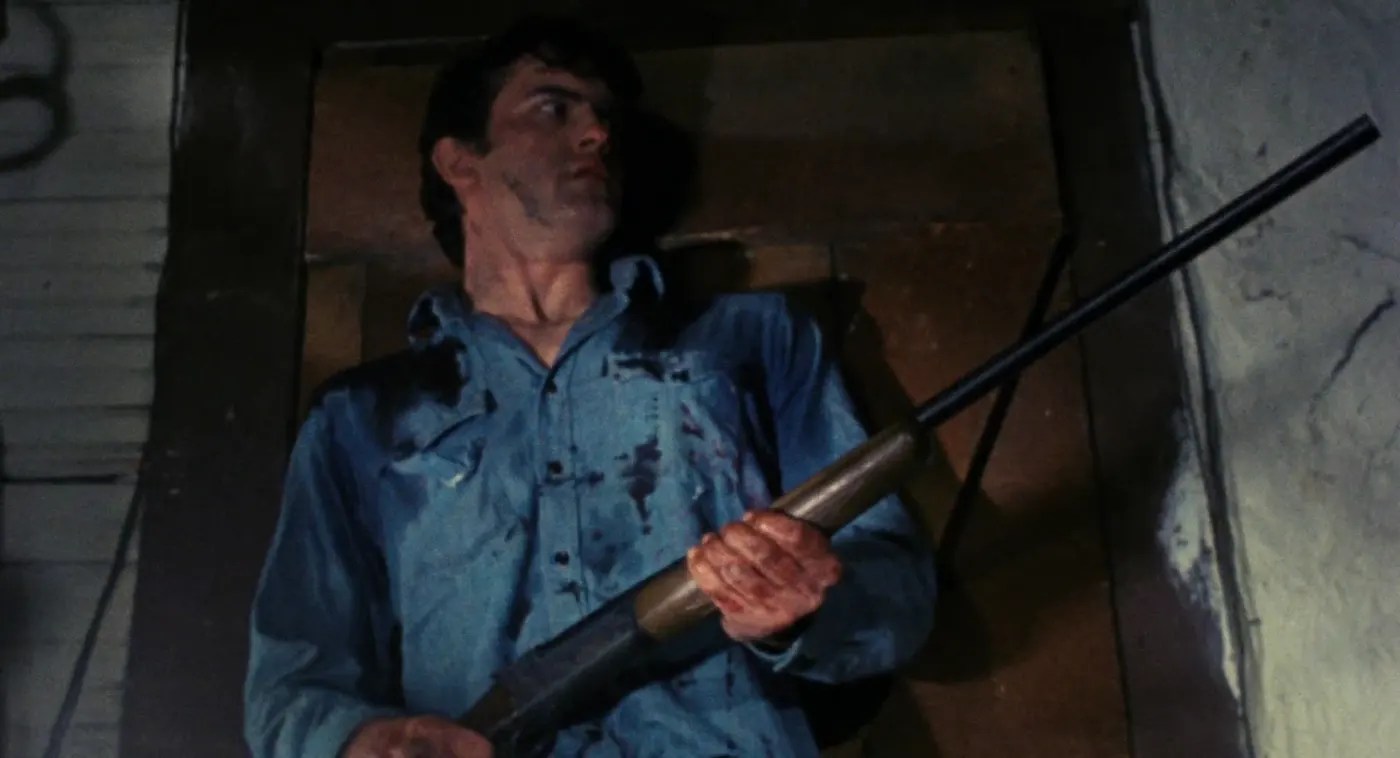
The Evil Dead is probably not a better film than Evil Dead 2, but it’s still the purest entry in the series: It was made with a truly independent spirit by people who wanted to create something nobody had ever seen before, even if audiences turned away in disgust. It has the simplest premise of any film in the franchise: Ash, his girlfriend, and a few others visit a cabin where they play a tape of incantations that resurrect a demonic entity. What follows over the relatively brief runtime is a set of gags that would make Herschell Gordon Lewis wince.
Even at such a young age, Raimi proved he was a visualist unlike any other — strapping the camera to a stick to create floating POV shots, using extra-wide lenses to banish normalcy from the frame, and employing zooms that lock into Dutch angles like little cinematic exclamation points (now considered Raimi’s calling card). People couldn’t believe what they were seeing; punk rock had come to 16 mm.
And today, it’s still hard to believe — and hard to replicate. But even as new Evil Dead films struggle to capture the magic of early entries, they still succeed as dynamic engines of chaos and bloodletting, earning new fans with each installment. Funny that it’s called Evil Dead when the series proves again and again there’s plenty of life left in old-school horror.

